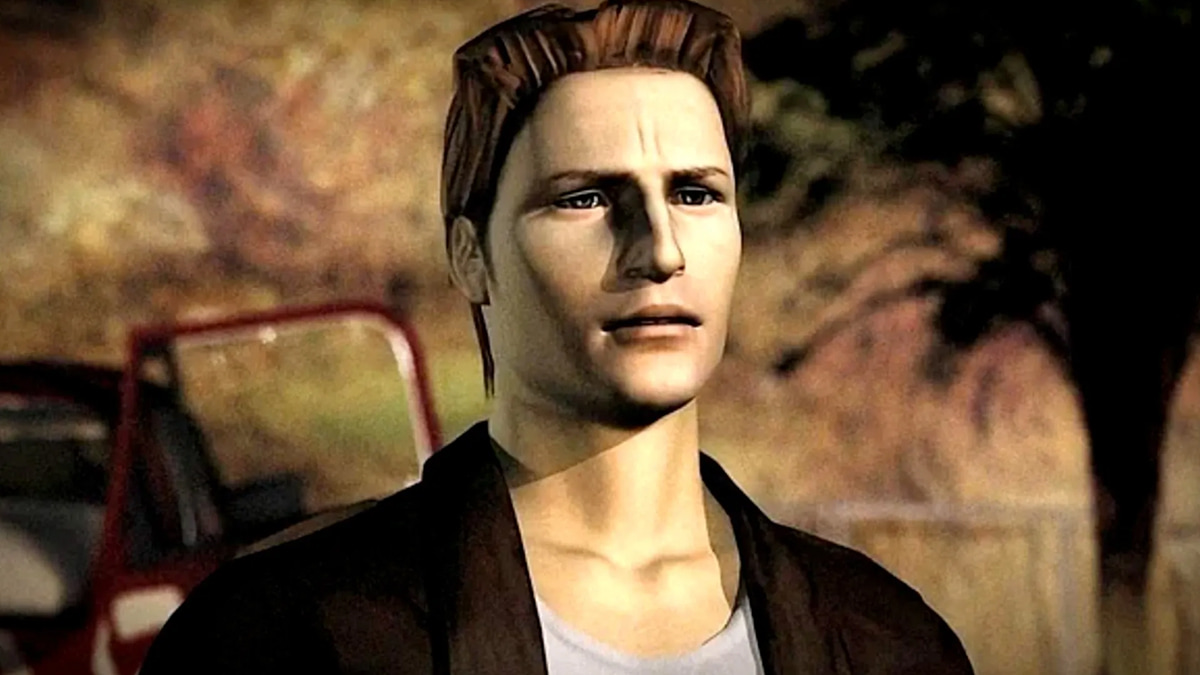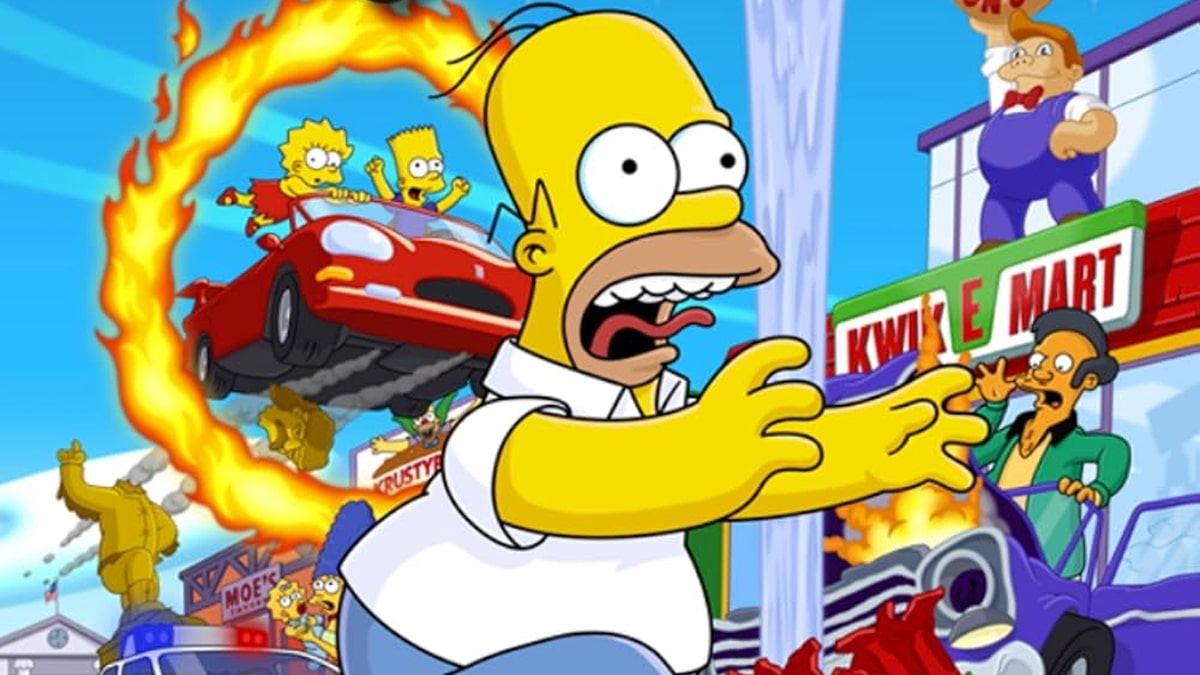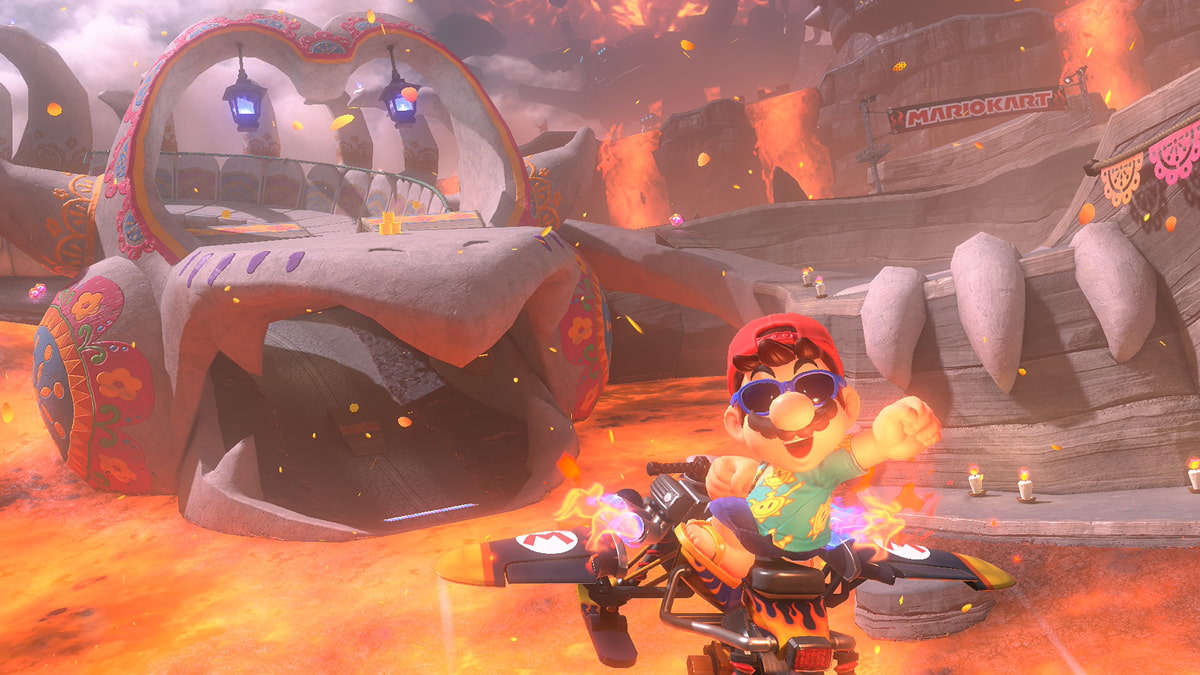You can trust VideoGamer. Our team of gaming experts spend hours testing and reviewing the latest games, to ensure you're reading the most comprehensive guide possible. Rest assured, all imagery and advice is unique and original. Check out how we test and review games here
With Fallout 3 almost upon us, we thought that now might be a good time to compare how the game plays with the two original, Black Isle developed Fallout games from the late nineties. We’ve not played the full thing, of course – but having clocked up seven hours of exploration we’ve now seen enough to make some general comparisons. For the sake of simplicity, we’re going to focus on the previous Fallout RPGs, rather than the squad-based Fallout: Tactics or the frankly embarrassing Fallout: Brotherhood of Steel.
Combat / Perspective
/https://oimg.videogamer.com/images/a933/weapons.jpg)
While fighting is by no means the be-all and end-all of Fallout, we’re going to start with a combat comparison because of the way hardcore fans have responded to the VATS system. In the original Fallout games everything was viewed from an isometric perspective, giving you a fairly generous view of your character and the surrounding environment. In standard play you’d be free to move around as you wish, but whenever a fight broke out the game would shift to a turn-based system. Depending on your character’s Agility rating, you’d have a number of action points (AP) which could be spent on moving, firing weapons and accessing your inventory. Now, this setup may sound totally archaic to some modern gamers, but the fact is that it resulted in a high degree of tactical consideration. It was important to make every point count, resulting in situations where you’d have to weigh up whether you should go for an easy torso shot, or a riskier but potentially more damaging attack to the eyes.
As you probably know by now, Fallout 3 is primarily a first-person game; a third-person perspective is available, but we can’t see many people using it for any length of time. While you can choose to play the whole game as a real-time shooter, you’ll find it much easier to use the VATS system, which allows you to pause time and queue up a limited number of AP on targeted shots. There’s certainly a degree of similarity to the old games here, with an emphasis on blinding or crippling your opponent – but you’ll rarely have enough points to end a battle using VATS alone. We’ve found that in practice we tend to soften the enemy up with a few manually-aimed shots, before switching to VATS to make a few decisive hits. It’s not exactly old-school Fallout, but it’s not Doom either. It is, however, very satisfying. We were a bit worried that VATS might get old quite quickly, but we now believe the balance of its use is just about right.
Quests
/https://oimg.videogamer.com/images/7999/man.jpg)
Fallout 1 and 2 were both very generous in allowing the player to carve their own path through the game. OK, so the first entry in the series did lumber you with a fairly strict time limit during its first half, but after that you were pretty much given free reign to explore the world – you could even dash straight to the final bosses, if you were feeling lucky. We’re still forbidden from discussing the main plot of Fallout 3, but from what we’ve played it seems you’ll have a similar degree of freedom. On our first play-test we ended up in a far northern section of the map, while our second hands-on took us to the south west – and in neither instance did the game force us to head back for the sake of the main story.
We were expecting sub quests to be an area where Fallout 3 deviated significantly from the previous games, but so far we’ve been pleasantly surprised at how “Fallout-y” some of them are. For example, the Blood Lines quest sends you to the remote village of Arefu so that you can deliver a letter to the West family. When you get there, you find that the settlement is being raided by a gang called The Family. Worse still, the elder Wests have been murdered – and the son is missing. Eventually you’ll discover that the Family have been raiding Arefu’s cattle to feed their vampiric tendencies; they aren’t true vampires, exactly, but rather people who have learned to live off of blood. As it turns out, it was the young West boy who murdered his parents as he was unable to control his own bloodlust – the Family are the ones who are helping him to manage his violent tendencies.
Now if you want to, you can go in guns blazing – but if you’re smart then you’ll resolve the situation through diplomatic means: persuade the son to go home, then negotiate a deal between the vamps and the villagers – with the former defending the latter in exchange for donated plasma. It’s a satisfying conclusion, a departure from the horror story you expect when you first show up in Arefu. In fact, the structure of the whole event is quite reminiscent of the Slags quest in Fallout 2.
Critters
/https://oimg.videogamer.com/images/be86/supermutant.jpg)
Any transition from 2D to 3D was bound to have an effect on the way that iconic Fallout creatures look – especially when the game in question is being made by a new development team. Having said that, there were a couple of familiar beasties we’ve run into that looked very close to their former selves. Giant molerats and radscorpions both look the business; the latter are also quite difficult to kill, which we like – we personally always felt that the giant scorpions were a bit too wimpy in the previous Fallouts. The robots we encountered were also pretty impressive: Brainbots look exactly as they did in Fallout 2, while the newly-designed bots fit into the 1950s Flash Gordon-alike style that was favoured in the original RPG.
Ghouls are something of a mixed bag. The ones we encountered in settlements looked suitably messed-up, and the way they were consistently presented as second-class citizens is also something that clicks with traditional Fallout canon. On the other hand, there’s at least one location that features “feral” ghouls – which are essentially fast zombies in everything but name. The game explains these as being “ghouls that have gone mad”, but it still seems a little bit odd – they’re simply too bestial, too far removed from the civilised chaps that will happily share a cup of tea with you; they feel like a separate species. The Super Mutants look pretty good, we feel: they all tend to look quite similar, but their towering presence is excellent. When we stumbled upon a pair of them, both armed with large miniguns, we knew we were in big trouble. For the most part, they seemed to be quite tough too – soaking up lots of bullets and even a couple of critical hits before they finally took a dirt nap.
We haven’t seen any deathclaws yet, sadly – but we did run into the occasional centaur – a mutant monstrosity created by The Master, the villain of Fallout 1. These look really nasty – you’ll feel quite revolted the first time you spot one crawling towards you on its many scuttling legs.
Dialogue and tone
/https://oimg.videogamer.com/images/1081/dialogue.jpg)
We suspect the dialogue and tone will be the biggest bones of contention for hardcore Fallout fans. Pithy dialogue and description was a key part of the charm to the original games; there’s a very distinct tone that was always going to be a big challenge for Bethesda to replicate. On a visual level, there’s really no questioning the fact that the team has done an amazing job of recreating Interplay’s post-nuclear-war world, but at times the dialogue is perhaps a little too theatrical for its own good. That’s not to say it’s badly executed – the standard of voice acting is very high, on the whole – but the actual tone of the script writing seems to vary quite a lot from area to area. An example: The ravaged settlers of Arefu seemed like a fairly miserable, desperate bunch – but on the way there we ran into a merchant named Crow, a colourful chap who seemed far too jolly for a man who risks his life by walking the wasteland for a living.
The point here is that Fallout veterans who come to this game expecting the same style of gritty patter are likely to get wound up rather quickly. For the rest of you, your reaction for the dialogue is going to be a matter of taste. To reiterate: there’s no real problem with the way speech is delivered. It’s more to do with the fact that what’s actually being said can be a bit overly dramatic. Sometimes this approach works, at other times it’s a tad hammy. If you’ve seen any video footage of Megaton’s Mister Burke, you’ll get the idea: as soon as he opens his gob, you know that he’s a boo-hiss villain – and as boo-hiss villains go, he’s really pretty well done. We’ve not heard much of Liam Neeson’s contribution to the game, but we love the gravelly pomp of Malcolm McDowell’s John Henry Eden – the leader of the fascistic Enclave. So far we’ve only heard his radio broadcasts, but we look forward to meeting him in the flesh (or pixels, whatever).
Conclusion
For people who love the first two Fallout games like their only child, a Bethesda-developed sequel was always going to be hard to swallow. If you fall into this category, then you probably already have a fairly good idea about how you’ll feel about this game. If you’re still mourning the cancellation of Van Buren as if it happened yesterday, then it’s unlikely that Fallout 3 will win you over. If, however, you’re a fan who is open-minded about the idea of a non-Black Isle Fallout, you’ll find that Bethesda has done an admirable job of capturing the atmosphere of the wasteland you trawled through in the late 1990s. No, it’s not exactly the same – and it was never going to be – but from what we’ve played, we reckon that Fallout 3 will offer one of the most exciting and involving video game adventures of 2008. And, we reckon, it’s going to introduce a huge swathe of new players to the Fallout world – and that can only be a good thing.
Fallout 3 is due out for PC, Xbox 360 and PS3 on October 31.







